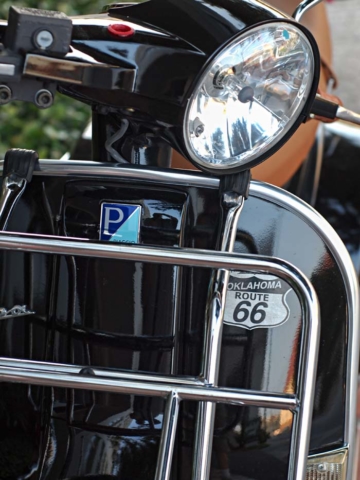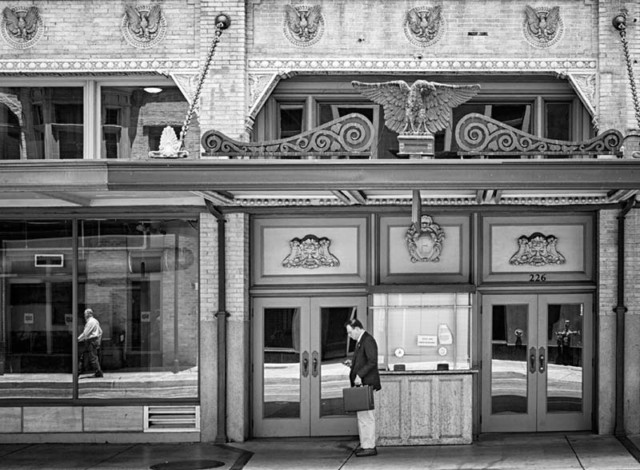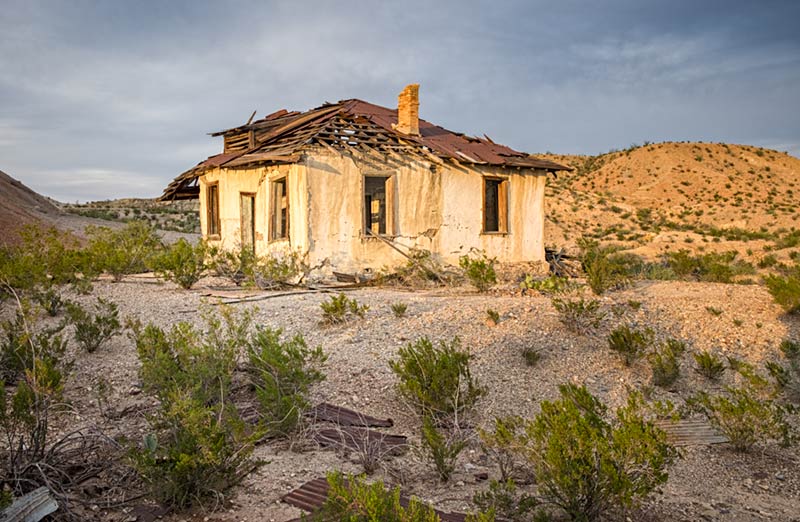Much of what you do find is either high end rangefinder stuff or examinations of the same dozen or so SLR lenses. There are endless postings comparing old lenses shot wide open against other old lenses. It is the photographic equivalent of discussing the number of angels that will fit on the head of a pin. Maybe legacy lenses are only good for test shots of people with one eye in focus or dreamy over saturated flowers. Do people really shoot that way? I’m not sure about that.
Since getting into mirrorless cameras I’ve played around with legacy lenses a few times. Mostly using Micro Four Thirds cameras and OM mount SLR lenses. None of my cameras made using manual lenses easy. As a result the old lenses stayed in the bag most of the time. Now my interest is once again kindled by the availability of the Sony A7 series cameras.
The decision to use manual focus lenses for at least the next several months is to advance my photography skills. Whenever I find myself in situations that require me operate the camera manually my skills improve. It is amazing what thinking can do for you instead of relying on digital intelligence.
So down the road I go with my half dozen legacy lenses in hand. Only a couple of the lenses are considered by those in the know to be worthy of use for anything other than a doorstop. Being contrary by nature makes me always likely to test conventions. You never know, once in a great while things work out in my favor. Fortunately being a non-professional photographer I can fail without much consequence.





